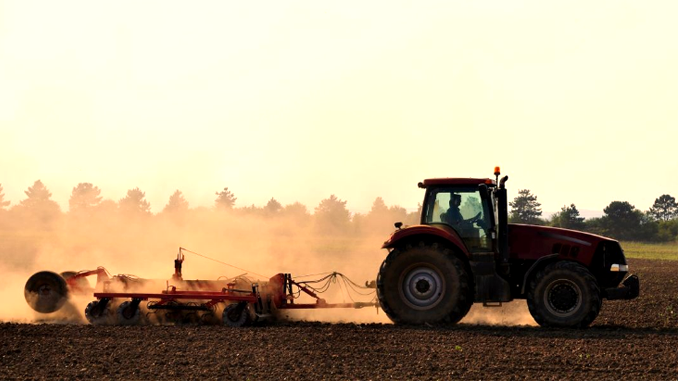
Soybean farmers are faced with a difficult dilemma at harvest time this year thanks to the trade war between the US and China. Reuters reports that farmers cannot sell their soybeans to China, their biggest consumer, thanks to the 25% tariff China placed on the crop in retaliation to the tariffs the US set on Chinese imports. But the grain silos are full and storage is hard to come by and expensive if it can be found.
After planting the second largest soybean crop ever, 89.1 million acres, to meet the rising demand from China, some farmers are making the decision to plow under their fields of unharvested beans. Reuters spoke to Richard Fontenot, a farmer from Louisiana. His crop was damaged by bad weather and, while that would normally not prevent the local grain elevator from purchasing his beans, this year they are full and are not buying damaged crops.
Fontenot’s 1,700 acres of beans should have netted him $300,000. Instead, faced with no way to sell or store them, he tilled under 1000 acres of them. He told Reuters, “I don’t know what else to do.” Estimates from Louisiana State University say that 15% of the state’s soybean crop is either too damaged to market or is being plowed under.
Farmers across the Midwest are struggling with the cost of storage – in some cases up to three times as high as costs last year for less-than-perfect beans. Eric Maupin, a Tennessee farmer told Reuters, “Damage can be anything – a split bean, one that’s too small, one that’s too big – whatever.” Russell Altom,who farms in Arkansas, told Reuters, “I’ve never seen things this bad. I know several farmers who hired lawyers, to see if they can sue over the pricing and fees issues.”
The Trump administration has offered farmers an aid program to help tide them over until the trade war is resolved. The government plans on paying farmers of corn, cotton, dairy, hog, sorghum, soybean, and wheat $12 billion – approximately about the same amount as the entire annual amount of soybean exports to China.
Out of that $12 billion, less than $900 million has been paid out by the middle of November, according to Reuters. And from that payout, farmers will be paying to store their soybeans, at increased prices, that they cannot sell right now. Farmers in Illinois will be paying as much as 40% more than they did last year.
The farmers who are storing their crops are banking on the trade war being resolved by spring. There is some hope of a resolution being signaled by the Trump administration – Business Insider reports that some of the most anti-China advisers, like Peter Navarro, having been sidelined. According to Business Insider, trade relations between the US and China appear to been thawing, with President Xi Jinping and President Trump planning to meet at the G20 summit at the end of November.
According to Nasdaq.com, China is a driving force of the global soybean market, accounting for more than one-third of total consumption. The US was the world’s second largest exporter but since the tariffs were implemented, trade has halted. In 2017, the US exported 18 millions tonnes to China from August to November compared to a mere half a million tonnes this year.
Brazil has filled the void, having harvested a bumper crop of soybeans this year, surpassing previous record exports each month. Analysts worry that China may have succeeded in cutting the US out of its soybean import program entirely, according to Nasdaq.com – this is the peak week of exports in the soybean season and China shows no sign of seeking American soybeans.

1 Trackback / Pingback
Comments are closed.